Thefactsworld:Pure Vanilla Extract Has At Least 35% Alcohol In… Http://ift.tt/2jyvRJO

thefactsworld:Pure Vanilla extract has at least 35% alcohol in… http://ift.tt/2jyvRJO
More Posts from Drunkscience4u and Others
Six Things You Don’t Know About Snow

FACT #1: Snow covers 30 percent of land on Earth.

FACT #2: More than 1.2 billion people rely on melt from snowpack and glaciers.

FACT #3: Snowmelt is the main source of water for 60 million Americans.

FACT #4: Since 1967, 1 million square miles of spring snow cover has disappeared from the Northern Hemisphere – an area the size of the southwestern U.S.

FACT #5: 70 percent of water from the snow-fed San Joaquin River irrigates California’s Central Valley.

FACT #6: NASA’s Global Precipitation Measurement mission observes falling snow, even at the tops of hurricanes.

Measuring how much water is in a snowpack is not easy. Scientists are investigating the best combination of sensors for different terrains. More accurate snow measurements will help scientists and decision makers better understand our world’s water supply and better predict floods and droughts.

To follow scientists in the field studying snow, follow #SnowEx on Twitter and Facebook
https://www.facebook.com/drunkscience4u/videos/1416673815012163/
Anyone wanna hire Cylinder before we snatch them up for an unpaid internship? You have until March 4, when we air! CV available upon request.
The team behind Beauty of Science decided to explore the four seasons in this video combining macro footage of crystal growth, chemical reactions, and fluid dynamics. It’s always a fun game with videos like this to try and guess exactly what makes the mesmerizing patterns we see. Are those blue streaming waves in Spring caused by alcohol shifting the surface tension in a mixture? Are the dots of color welling up in Autumn a lighter fluid bursting up from underneath a denser one? As fun as the visuals are, though, what really made this video stand out for me was its excellent use of “The Blue Danube” to tie everything together. Check it out and don’t forget the audio! (Video credit: Beauty of Science; via Gizmodo)





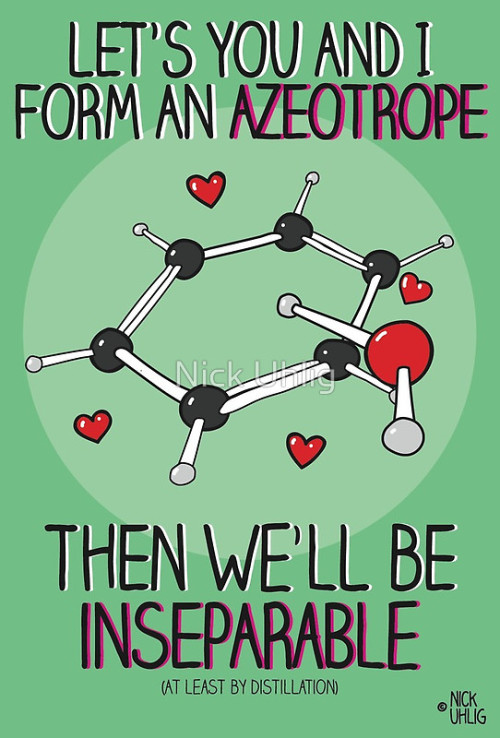

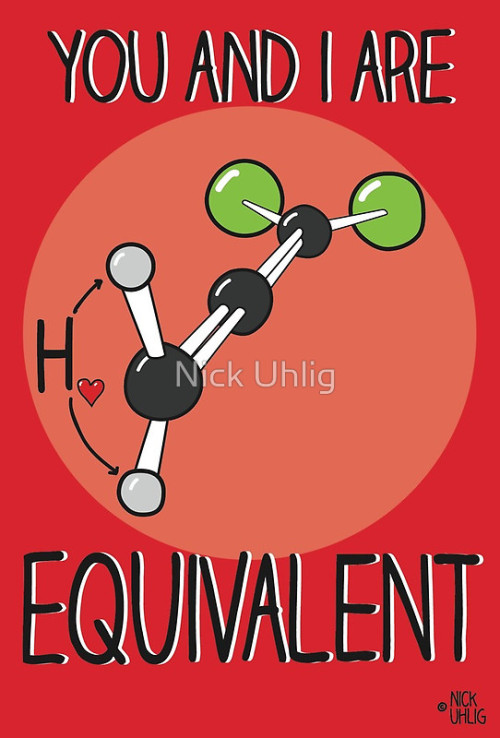
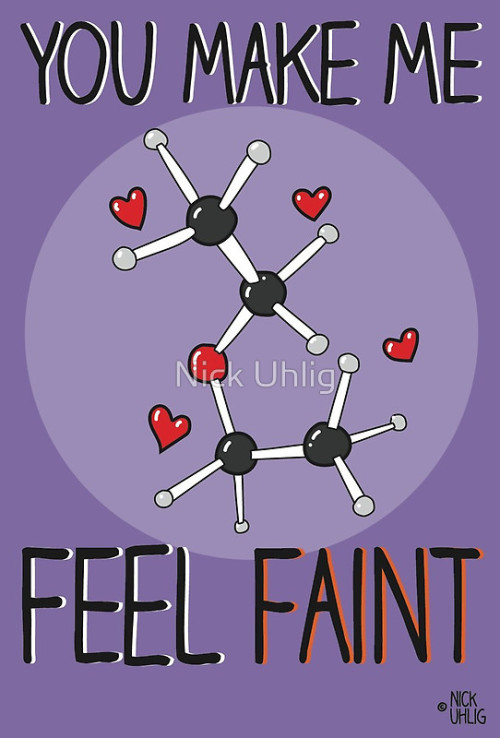

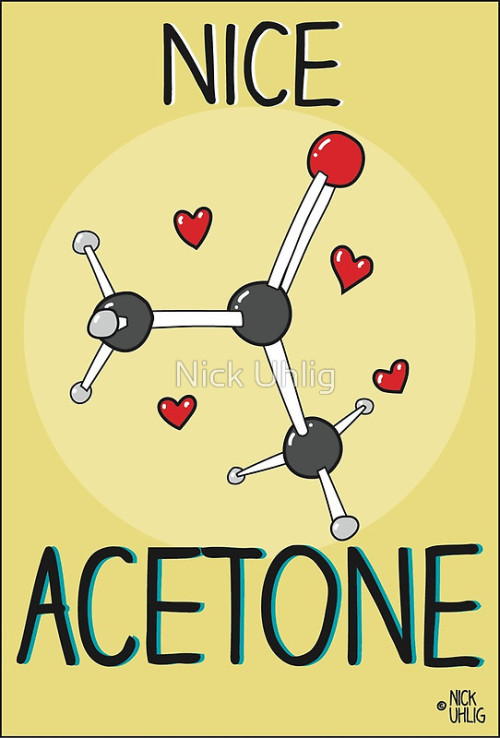
Chemistry Valentine’s Cards by Nick Uhlig.

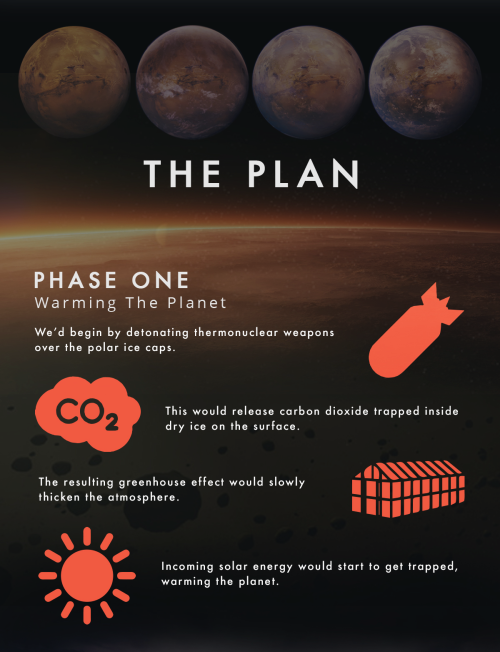

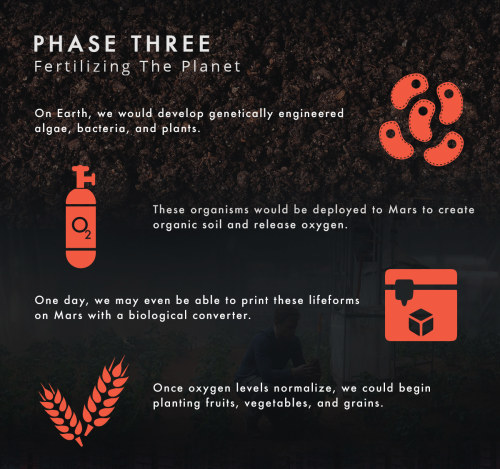

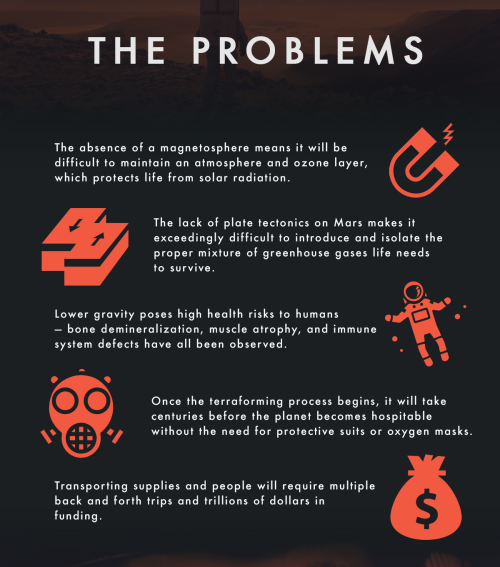

https://futurism.com/images/terraforming-mars-practical-guide
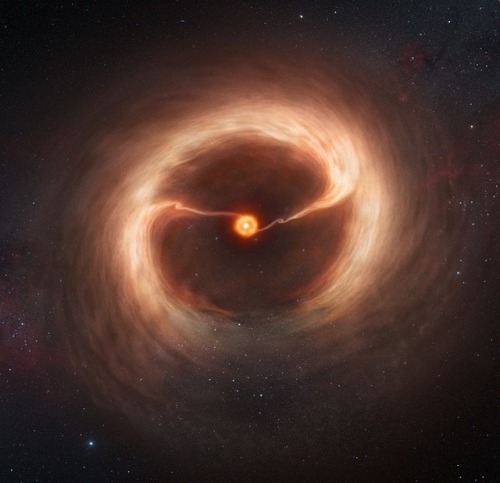
Disc of gas around HD 142527
This artist’s impression shows the disc of gas and cosmic dust around the young star HD 142527. Astronomers using the Atacama Large Millimeter/submillimeter Array (ALMA) telescope have seen vast streams of gas flowing across the gap in the disc. These are the first direct observations of these streams, which are expected to be created by giant planets guzzling gas as they grow, and which are a key stage in the birth of giant planets.
Credit: ESO / Atacama Large Millimeter/submillimeter Array

Researchers have designed a new material that could completely revolutionize the way oil spills are cleaned up.
When the Deepwater Horizon spill happened in 2010, the cleanup presented an unexpected challenge. Millions of gallons of oil didn’t collect on the surface, where it could be skimmed off or burned, but instead was drifting through the ocean below the waves.
Scientists at the U.S. Department of Energy’s Argonne National Lab have invented a material that could prevent a similar situation in future spills.
The foam, called Oleo Sponge, can soak up 90 times its own weight in oil before it needs to be wrung out to be reused — and the oil can be recovered.
Continue Reading.
Seer of Seers Sage of Sages Prognosticator of Prognosticators Weather Prophet Extraordinary
So reads the official title of Punxsutawney Phil, the world’s most famous weather-predicting groundhog/woodchuck/marmot/whistle pig (yes, they are, in fact, all the same animal… surprises abound in the world of meteorological mammals).
Phil hails from the town of Punxsutawney, PA, where every year on February 2, a group of grown men sporting top hats and waxed mustaches pull him out of a box and ask him when winter will end. I can never keep straight whether seeing the shadow means spring will come early or if we’ll have a long winter, but this doesn’t really matter, since rodents are not good weather prediction tools.

Despite being about as reliable as a coin flip, Phil is joined in this annual tradition by more than a dozen North American groundhogs like Shubenecadie Sam, General Beauregard Lee, and Wisconson’s humbly-named Jimmy the Groundhog, seen here:

Surprise! Groundhogs can bite! And I would too, if you forcibly removed me from my warm, comfy house, held me aloft in the frigid air in front of thousands of gaping onlookers and flashing lights and asked me about a subject in which I have no expertise.

Rodents might not be real educated in the fields of meteorology and astronomy, but humans are! We’ve got Earth’s orbital mechanics and their corresponding effect on annual temperature cycles down to a literal science. We smart. Just look…

I dug into the science of seasons this week, and I discovered that our system of defining “winter” and “summer” and “spring” and “autumn”, at least the way that most of us non-meteorologists think of them, doesn’t really make sense when you compare it to the weather.

You might already know that we define “winter” or “summer” based on Earth’s position in relation to the sun, namely the solstices. This makes the seasons easy to keep track of, but for most of us these dates are unreliable, illogical, and remarkably disconnected from the actual weather. The little boxes on your calendar that say “First Day of Winter”, “First Day of Spring” and so on don’t line up very well with how cold or hot it is outside.
Unfortunately, that’s what happens when you try to apply a single calendar to an entire planet… could there be a better way?
You can learn the rest of the story by watching this week’s It’s Okay To Be Smart up at the top of this post. Enjoy!

-
 deeshtabensoe reblogged this · 3 years ago
deeshtabensoe reblogged this · 3 years ago -
 bystanderinblack liked this · 4 years ago
bystanderinblack liked this · 4 years ago -
 queenscorpio81 liked this · 6 years ago
queenscorpio81 liked this · 6 years ago -
 darkashe liked this · 6 years ago
darkashe liked this · 6 years ago -
 liciluvsyou liked this · 6 years ago
liciluvsyou liked this · 6 years ago -
 ava-calista-rose reblogged this · 7 years ago
ava-calista-rose reblogged this · 7 years ago -
 ava-calista-rose liked this · 7 years ago
ava-calista-rose liked this · 7 years ago -
 foreverdipped liked this · 7 years ago
foreverdipped liked this · 7 years ago -
 its-thebigdipper-blog-blog liked this · 7 years ago
its-thebigdipper-blog-blog liked this · 7 years ago -
 fanfun56 liked this · 7 years ago
fanfun56 liked this · 7 years ago -
 rtedf-blog liked this · 7 years ago
rtedf-blog liked this · 7 years ago -
 goldenrod82lovestitties liked this · 7 years ago
goldenrod82lovestitties liked this · 7 years ago -
 shawnisv liked this · 7 years ago
shawnisv liked this · 7 years ago -
 maxonian-blog reblogged this · 7 years ago
maxonian-blog reblogged this · 7 years ago -
 m4xth3gh0st liked this · 7 years ago
m4xth3gh0st liked this · 7 years ago -
 roseylioness-blog liked this · 7 years ago
roseylioness-blog liked this · 7 years ago -
 tinysis2-blog liked this · 7 years ago
tinysis2-blog liked this · 7 years ago -
 hotcreamybttm liked this · 7 years ago
hotcreamybttm liked this · 7 years ago -
 icedragonwizard-blog liked this · 7 years ago
icedragonwizard-blog liked this · 7 years ago -
 sj408634-blog liked this · 7 years ago
sj408634-blog liked this · 7 years ago -
 imnotalicia98-blog reblogged this · 7 years ago
imnotalicia98-blog reblogged this · 7 years ago -
 imnotalicia98-blog liked this · 7 years ago
imnotalicia98-blog liked this · 7 years ago -
 phantom1515-blog liked this · 7 years ago
phantom1515-blog liked this · 7 years ago -
 zuedead115-blog liked this · 7 years ago
zuedead115-blog liked this · 7 years ago -
 jonez-4-life-blog liked this · 7 years ago
jonez-4-life-blog liked this · 7 years ago -
 darcleon reblogged this · 7 years ago
darcleon reblogged this · 7 years ago -
 purpleplatypus93 liked this · 7 years ago
purpleplatypus93 liked this · 7 years ago -
 a-faded-ghost-blog liked this · 7 years ago
a-faded-ghost-blog liked this · 7 years ago -
 summi-bax-blog reblogged this · 7 years ago
summi-bax-blog reblogged this · 7 years ago -
 summi-bax-blog liked this · 7 years ago
summi-bax-blog liked this · 7 years ago -
 libana1503-blog liked this · 7 years ago
libana1503-blog liked this · 7 years ago -
 mexicaninja-blog1 liked this · 7 years ago
mexicaninja-blog1 liked this · 7 years ago -
 mental-healthy liked this · 7 years ago
mental-healthy liked this · 7 years ago -
 drummerguy59 liked this · 7 years ago
drummerguy59 liked this · 7 years ago -
 whatsupcinema reblogged this · 7 years ago
whatsupcinema reblogged this · 7 years ago -
 browncoatsofserenity reblogged this · 7 years ago
browncoatsofserenity reblogged this · 7 years ago -
 icequeenthawing reblogged this · 7 years ago
icequeenthawing reblogged this · 7 years ago -
 lordcias00 reblogged this · 7 years ago
lordcias00 reblogged this · 7 years ago
The official page of Drunk Science! An enthusiastic host performs simple experiments and then humorously explains the science behind the result, all while visibly drunk.
126 posts

